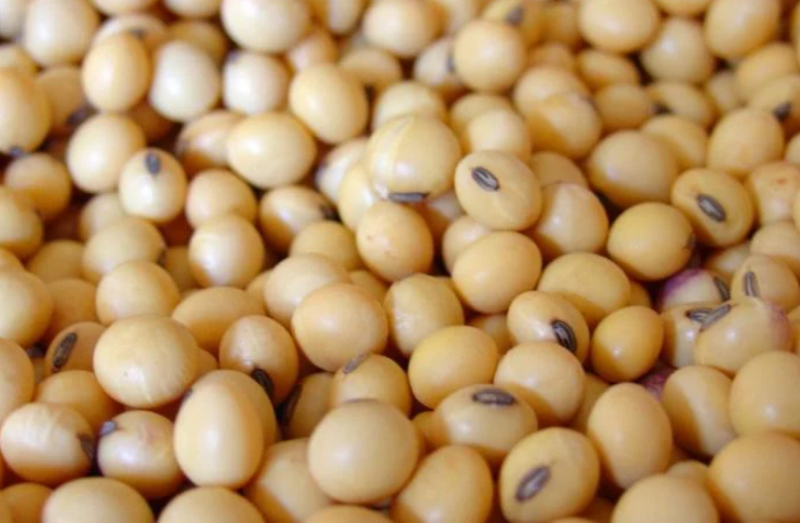
Soybean in US as well as foreign markets had turned range bound for few weeks – only a week before we see prices successfully breaking above the prevailing range. At present, prices are able to hold above higher price levels. Strike in Brazil, gains in edible oils and positive global oil seed markets have been supportive for the domestic soybean prices of late. At the same time there are lots of reforms being announced for the Agriculture sector, like amendment of the Essential Commodities Act, involving de-regulation of edible oils and oilseeds, thereby enabling barrier free trade by farmers.
During months of January and March, prices were plunging as the whole world could not assess the damage, corona outbreak will have over global demand for soybean. Slowly the industry could understand the importance of Agriculture, i.e. crops that are consumed almost daily will not be adversely affected during such unwanted events, especially when supplies are abundant. After lockdown, supply constraints have increased, as a result prices have jumped significantly from March lows – i.e. they are nearly Rs 500/qtl up currently. What will be the fate of the US and Indian markets this month. Let’s analyze considering these aspects:
1. For US/CBOT soybeans - activities of the fund houses will be a key aspect to consider for assessing the price direction for next few weeks. Historically there is increase in the positions during early days of a new month, due to reallocation of portfolios. As reported in last weekend of May, the funds had net buy positions in 12,000 contracts of soybeans. This implies that majority is of a positive price view for soybean for the new month. Hence studying the funds trading activity becomes important for getting a fair perception of probable price movement. This also helps to have some idea over domestic market movements as well since prevailing trend of US soybean has a positive co-relation with Indian soybean.

2. Weather is very crucial at this point as this is the planting season for both US and India. While IMD has projected a normal monsoon this year, two major weather forecasters during last week of May had projected potential high pressure likely to hit the western Midwest early in June and if realized, crops and livestock may show signs of distress. Eminent agronomists in the US have warned that exceedingly high temperatures (even with rain) can bear significant damage to the crop development. On the other hand if this heat dome does not occur, and instead if timely rains occur instead, the then ideas of a satisfactory crop development shall increase and prevent chances of any strong gain in US prices. This is because favorable weather will be seen beneficial for higher production eventually suppressing prices in near future. Likewise, a normal monsoon forecast means good rains and therefore favorable for rise in soybean production in India. In coming weeks, intensity and distribution of rains in the country will be influential in governing price direction since this can affect the yields of a particular region. So tracking weather reports on this context becomes important.
3. The USDA (US Department of Agriculture) will release its global Crop supply report on June 11 and this report will be providing some fresh supply and demand data to for assessing the forthcoming price direction. The report comprises supply and demand forecasts for the entire world therefore the data has a strong influence of future price movement of soybean in world markets on the whole. The report is released every month with revised supply and demand forecasts and traders/analysts/processors/relevant government officials all keenly wait for this report every month. Any revision, such as lower production forecast for India, rise in world ending stocks, higher yield estimate for China etc, have the potential to influence price movements to a large extent.
4. Markets in the US will be affected also from June 30 USDA Quarterly Grain Stocks and Planted Acreage Report. At present there are expectations that US farmers would plant 83.5 million acres of soybeans. This data will be updated on the June 30 Planted Acreage Report, and will likely be more of actual number this year due to the overall timely pace of U.S. spring planting. Traders are already thinking soybean acres will be closer to 84.5 million acres. If the data on the June 30 report is significantly different than the above, that could drastically alter balance sheets going forward. Also significant that day will be the Quarterly Stocks report, which shows how much grain has been utilsed during the first half of 2020.
5. Relations with China and US – Ongoing US-China trade war will be another key aspect to monitor as any concrete announcement on this regard will affect prices of global soybean markets - upside or downside movement will depend of the degree of favorable/unfavorable announcements of the trade deals/trade tariff etc.
6. Reforms on Agriculture – This will be important from Indian market perspective. Lots of positive announcement being made by the government and still expectations of more such announcements are expected by the oilseed industry. Recently announced is the amendment in Essential Commodities act which ensures less hassles for farmers in bringing their crops for sale in open market. Government through its policies also targets higher income levels for farmers. This overall implies that if implemented properly then pricing for soybean will be higher moving forward, compared with the expectations during early part of the year















